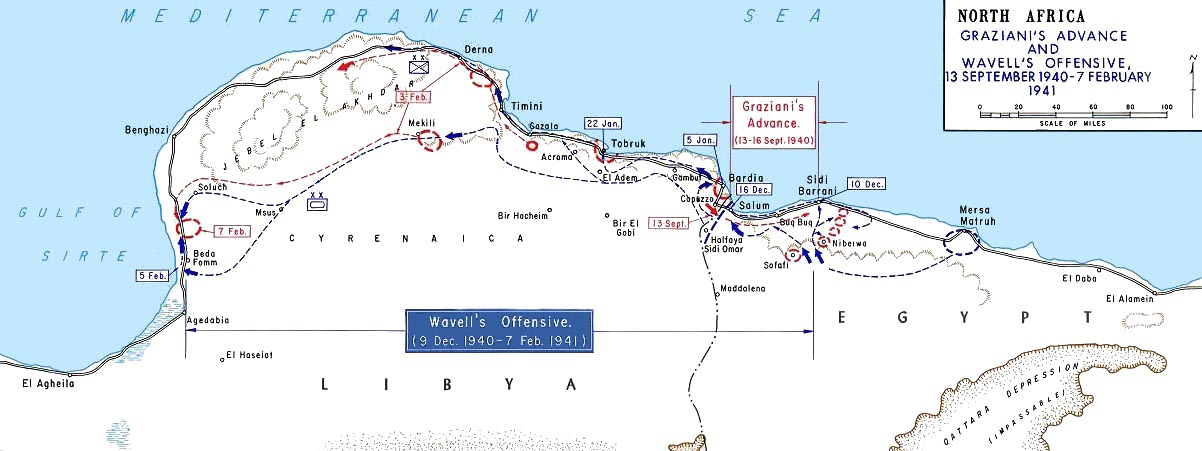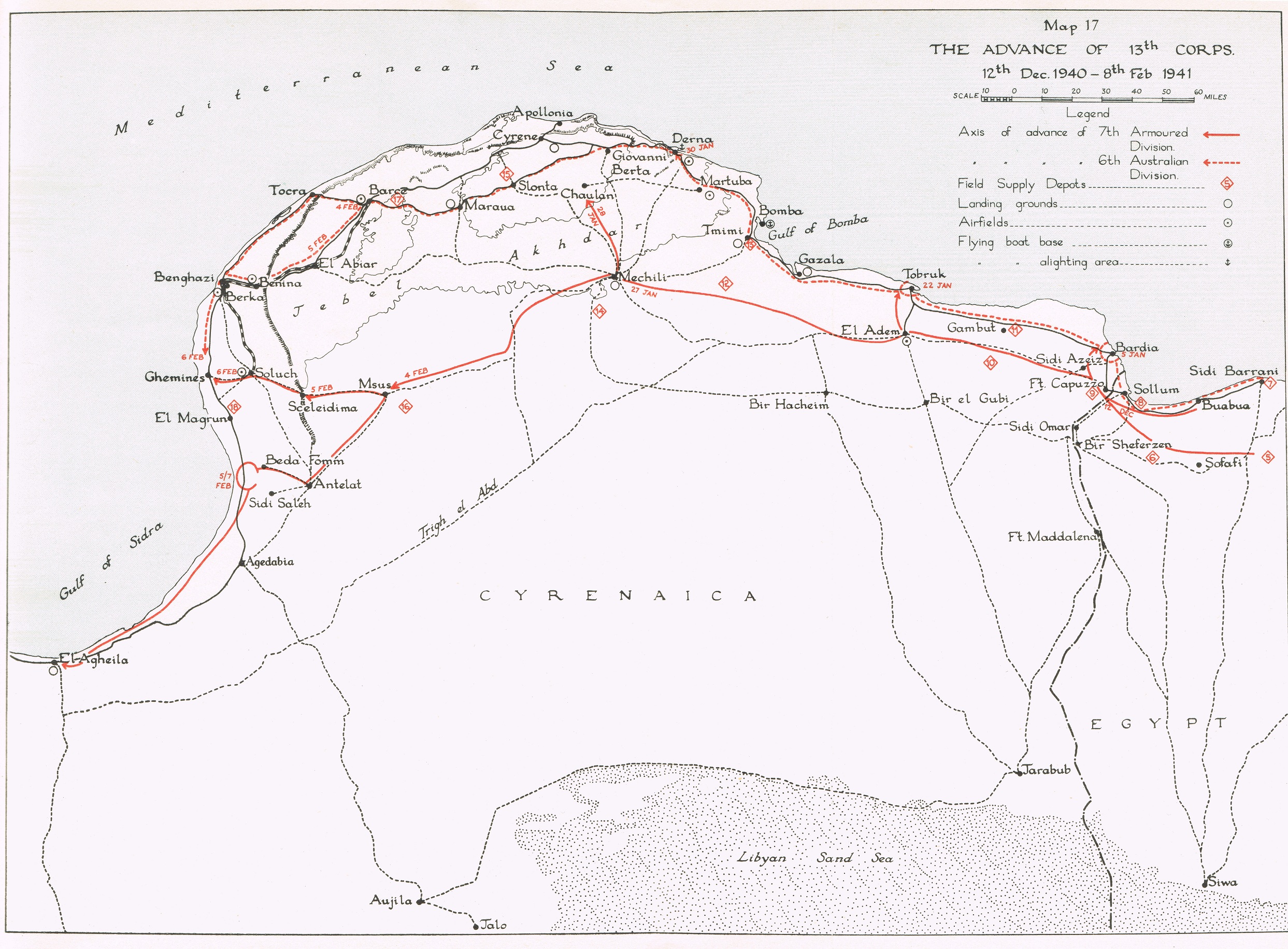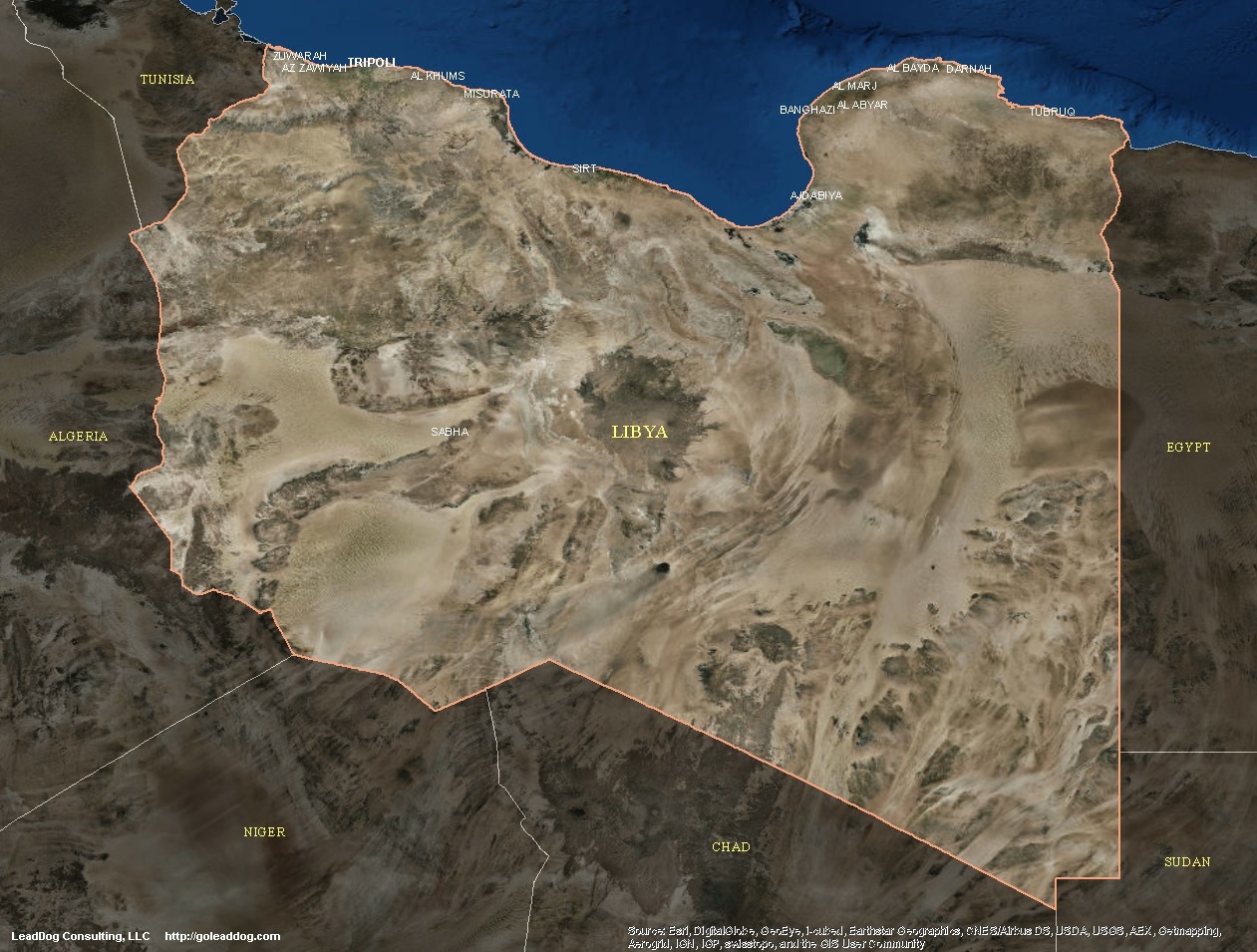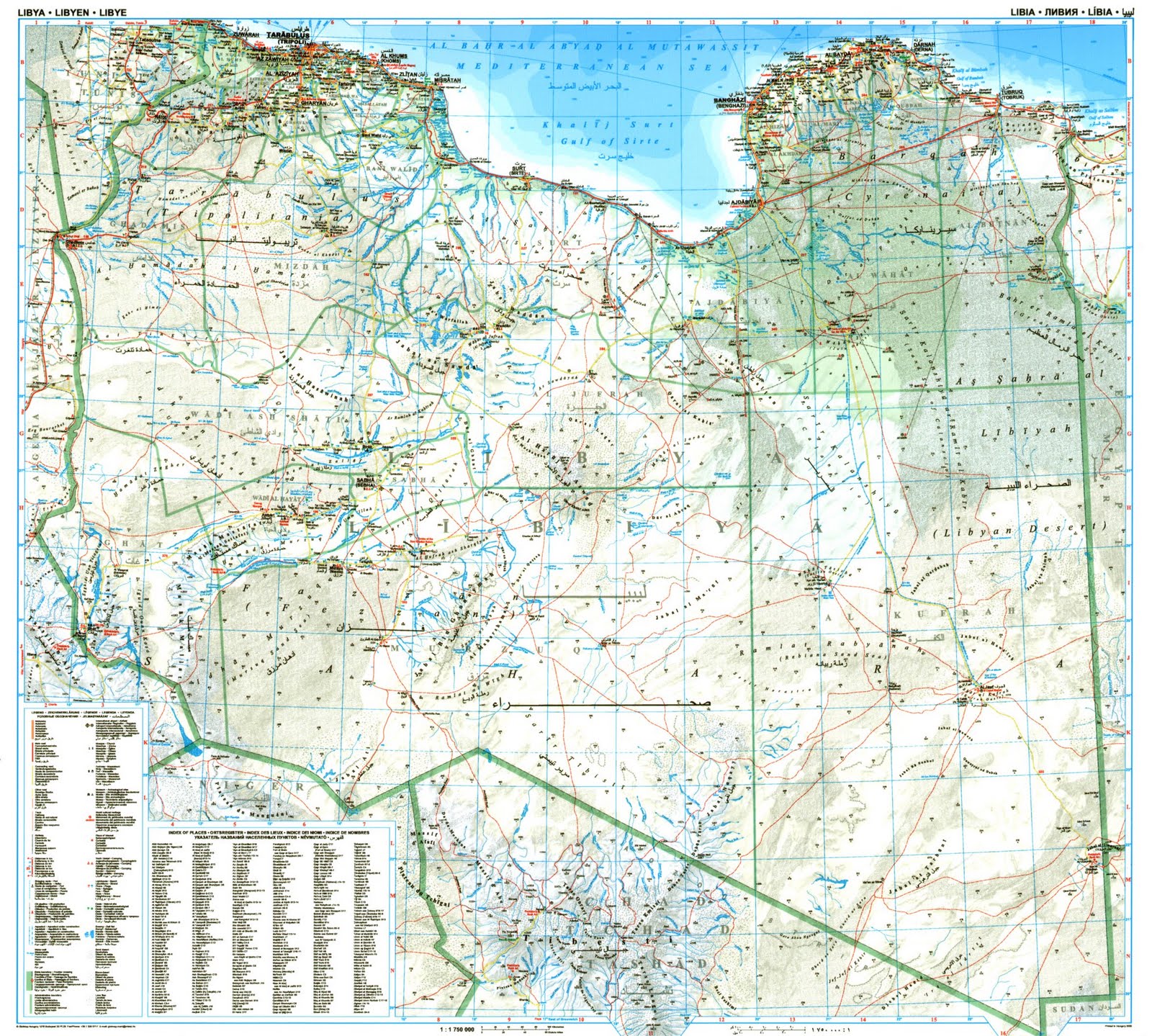McPherson
Banned
As mad as that reads; that is quite correct. What were they smoking? And did it come from Turkey?
They were looking at the apparent collapse of the Soviet Southern Armies during Blue. 2nd week of the August the Germans are in Krasnodar Pyatigorsk and have a flag on Mt Elbrus.
And there was nothing they could do that was practical to affect the outcome in Russia, there. What was practical and that action the British could do, and did not do, was clear out North Africa and force the Germans to divert air and ground forces to defend their southern flank from British operations in the Mediterranean. I always maintained Churchill was a landlubber when it came to geopolitical; strategy.
That wasn't the argument used by the British High Command at the time. Instead they mislead Blamey, Freyberg and their Governments and received the required permissions.
The NZ cable is here.
Which refers to operating as a division, with armour and alongside the Australians ( basically get a corps command and you are at the top table) it says nothing about location. In fact the war cabinet sought permission from the Aus and NZ government, which was given in March.
The implication of mistrust and chicanery involved, still, is staggering. It explains how MacArthur, in the Pacific War, is later able to bowl over the Curtin government and it further explains some of the unusual Blamey "political" decisions with respect to the Australian army.
About the lunatic Greek adventure...
Well it was not obvious to Wavell or Cunningham or Longmore in March 41 where, with the knowledge of the German deployment into Bulgaria, they agreed that it was feasible. And it had been the strategy since November 40. The reason there were 80 aircraft there is because they had been deployed since November 40.
Whether it was "feasible" was not the point. Timing of events aside, it was patently obvious, that if the Germans moved airpower into the region and if the British could not respond in kind and sustain, and Wavell said they could not, then whatever ground forces the British commit to Greece were going to be chewed up and spat out. So why be stupid? Pick and choose the fight at the time and place where the enemy cannot win. Same argument as regards SW Russia; cannot do a thing about that one, but can do something about Libya which will help in a sidereal way with the situation in Russia by forcing the Axis powers to divert resources against a threat. Cannot save Greece, but wiping out Libya opens up the Mediterranean and clears the Axis threat to the Middle East all the way to India. Now Allied exploitation is subject to argument, but the necessity for the Axis to guard southern Europe is not. Troops stuck in Greece are not fighting in Russia.
'A point which required instant decision was whether the Italians should be chased back to Tripoli . It was certain that if Tripoli were not captured at once the Germans and Italians would reinforce it. Its capture would remove the last of the Italian troops from North Africa and make it impossible for the enemy to invade Egypt again without first undertaking a sea-borne operation. Tripoli would provide another base from which bombers could attack Sicily, though it would not enable fighters to provide cover for convoys passing through the Narrows. At Tripoli the British forces would find themselves close to the French, which might be useful at some future date. Thus there would be advantages in possessing the place, and it was quite possible that the Army could go forward on the crest of the wave and take it, for Italian morale and fighting power were at a very low ebb and resistance was likely to be weak. But, even if Tripoli were captured at once, its defence would make heavy demands on the resources with which it was hoped to oppose a German occupation of the Balkans, especially the already stretched fighter aircraft and anti-aircraft artillery. The Navy, too, would find it very difficult to safeguard a supply line to Tripoli in addition to its other commitments, to which might soon be added a greatly increased scale of movement to Greece or Turkey. The Defence Committee were firmly convinced that they must retain the ability to intervene in the Balkans and came to the conclusion that they ought to adhere to their previous policy of halting when a secure flank for Egypt had been gained after the capture of Benghazi. No serious operations, therefore, were to be undertaken beyond this. The garrison of Cyrenaica was to be reduced to the minimum, and the largest possible land and air force concentrated in Egypt in preparation for movement to Europe...
Is from Playfair and reads like the minute of he 10 Feb Defence committee. In fact lead elements of the DAK begin disembarkation on 10 Feb Ariete having started disembarkation in January. The British Intelligence at 10 February is wrong. There were already 5 complete Italian infantry divisions in Cyrenaica, with an Amd Division 5th Light and by the time they could have advanced 15th Pz would be available as well as FleigerFuhrer Afrika and Tripoli the only reason for the advance being in range of Bombers from Sicily.
Given German Air Power it seems obvious that attempting to move as far west as Tripoli is doomed to failure as well. The proposition is that a force with a limited number of hard used Matildas, the cast offs of the Experimental Armoured Force and whatever Italian salvage they could manage operating at the end of a 600- 1000 mile supply line ( only part of the load could be carried by Bengazi this early) across a desert could defeat two brand spanking new Panzer divisions, Italian XX motorised corps, 5 infantry divisions who can operate within a days march of their main supply base with its port and permanent airfields.
And one has to ask, then what?
Ask what? Rommel may have landed lead elements on 10 February, but he was not combat capable of operations in any sense above regimental strength before 10 March 1942. And one has to ask, if the British desert army...

is at Beda Fomm, it is not unreasonable to ask if they could march 950 km to Tripoli. BTW, since Beda Fomm is at the turn of the Cyrenaica knuckle, it is obvious that it was the British who held Cyrenaica. With the forces diverted to Greece... present in Libya;
62,612 men
100 tanks
200–300 aircraft
Beevor, Antony (1994). Crete: The Battle and the Resistance. (reissue ed.). Westview Press. pp. 26
I don't think much of the Axis' chances in March. In fact it was a blown opportunity.

Between El Agheila and Tripoli, the Axis logistics were as bad or worse than British logistics back from Benghazi.

Sometimes you have to grit your teeth and try.
It is by no means obvious that putting British forces into Greece is a rerun of Norway France etc etc ( or possibly you just mean Norway and France.) That only becomes an issue after the deployment with the Greek insistence the Metaxas line is occupied, not the Alaikmon line and the reluctance to withdraw forces from the Epirus army and unexpected collapse of the Yugoslav army. Is it a risk yes. Its a war that is the province of risk.
The British are going to be bombed out. The geography is impossible without air superiority.

See that chunk of dirt called Yugoslavia? It is a terrain funnel straight down to Athens from there.
And one has to ask and then what. IF it works the British have a lodgement in Europe, an allied army they can equip with all the goods America can produce, will have closed off Rhodes and removed the mining threat to Canal, Alex and Haifa and drawn off a significant part of the Axis forces assembling for Barbarossa. Which the British are convinced is about to happen.
You are stuck and sealed off at the end of a peninsula and going nowhere. It eats up supply and burns up sea and airpower like crazy and allows no path for exploitation because only a damned fool looks at Balkan geography and politics and thinks an attack south to north has a snowball's chance in hell. An argument for Italy could be made, but look how that parallel fiasco turned out?
Second Front NOW. In the context of April 41 with no USSR and no US direct involvement Greece is not in fact the periphery.
Already answered. Greece is utter insane lunacy.
But throughout all of this the main objective of Middle East command is to secure the Canal and oil supply, because as long as this is done the new formations and supplies currently being produced will arrive and then all things become possible.
By not going for the Libya knockout immediately, that is NOT what they did. You fight where you can win... tactically, strategically and geo-politically.






